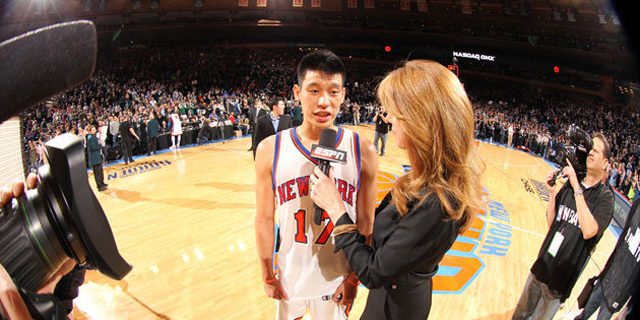Journalists need not be overtaken by the “Lin-sanity”
In the last three or so weeks, NBA player Jeremy Lin has been the subject of much media fodder. The New York Knicks point guard’s sudden rise to fame has been a hot topic in both sports and mainstream news alike. Unfortunately the frenzy surrounding the Asian-American player has resulted in less than stellar news coverage. Case in point: ESPN’s editor Anthony Federico. Federico filed an online story with the headline “Chink in the Armor: Jeremy Lin’s 9 Turnovers Cost Knicks in Streak-stopping Loss to Hornets” on February 19th. He was fired the next day.
In response to this headline and other offensive coverage, the Asian American Journalists Association released a media advisory, giving reporters a few pointers on how to steer clear of using racial epithets and other offensive language. The advisory mentioned avoiding references to food, eye shape, driving, and martial arts, however “pun-ny” their usage may be. Additionally, the AAJA encouraged the use of factual references. For example the advisory states: “Jeremy Lin is Asian American, not Asian.” To imply that Lin is not American, the AAJA contends, is not only inaccurate but negates his particular lived experience as an Asian-American.
Lead image via Getty Images.















